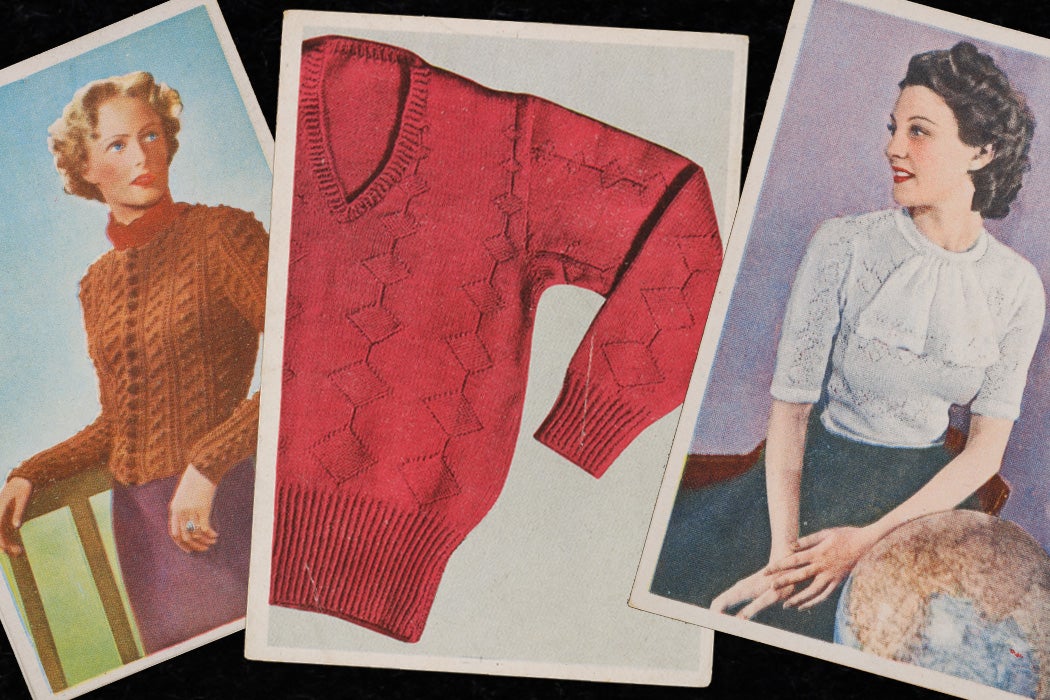
The Again-to-Faculty Buying Tradition in History
Saddle sneakers and sweaters, milk bars and ballerina flats. In the mid-twentieth century, you could find all four at school stores: pop-up retailers for younger females that appeared in early tumble within just large department shops. Historian Deirdre Clemente resurrects them as an instance of the intriguing interconnections between customers, sellers, and garments manufacturers—places wherever you could equally procure a Peter Pan–collared shirt and witness how young gals affected the earth all around them.
As gals flocked to colleges and universities in the early twentieth century, they began to form not just greater instruction but the style industry. Section stores, which experienced founded on their own as the predominant garments merchants by the early twentieth century, commenced to cater to school females.
Then, in the 1930s, faculty shops emerged within just office stores. Every single September, gals collegians could look through for the most recent traits in college dress in in just a seasonal “shop” that supplied clothes made for and affected by university college students, who sometimes also worked in college shops them selves.
These developments were progressively calm and focused on sportswear and separates, presenting clothes that had been straightforward to mix and match. This was a new principle for older shoppers, who were being utilized to a lot more formal and rigid appears to be like. In contrast, university ladies would mix revealing, female-coded garments like shorts or skirts with masculine, sports activities-encouraged shirts and sweaters. Everyday was the word of the day, even nevertheless women of all ages had been mocked for “[blurring] informal and sloppy for an on-campus, unkempt look,” as Clemente writes.
But although school ladies established the trend and supplied both labor and valuable industry study to the section retailers, apparel companies and executives have been more conservative and tried using to provide items that suited their preferred type. In change, the pupils simply disregarded lots of of the supposedly university-ready kinds the vendors available, gravitating toward garments like the Sloppy Joe, a massively outsized cardigan sweater that was “reviled” by parents and boyfriends—and so adored by college or university females that they flew off retail store cabinets.
However shops leaned really hard into gimmicks like milk bars or all-collegian sales staffs built to entice in purchasers, writes Clemente, they ended up constantly a bit driving shoppers’ wishes. “The industry’s basic disapproval of menswear on women” was at odds with collegians who preferred to dress in the very flat shoes, denims, and sweaters they ended up informed they shouldn’t want to dress in.
The shops’ recognition was fairly shorter-lived, and college or university shops largely folded by the 1970s. But they remaining lasting alter in their wake. From the introduction of odd-numbered juniors measurements made to cater to young people’s proportions to a preponderance of informal use to an emphasis on fall as a time to do again-to-college purchasing, the college retailers have a legacy even right now. They have been killed off by changing demographics, the rise of the teen and the suburb, and collegians’ evolving preferences towards a lot more individualized have on. “As the splinters in American youth society became more and more noticeable,” writes Clemente, “students began to gown in accordance with their political, cultural, racial, and ethnic affiliation.”
Clothes is under no circumstances just clothing—it’s laden with both equally expressive and historic prospective. As young gals expressed their preferences for cozy clothing, Clemente indicates, they influenced the two marketplace and the earth they lived in, embracing a casual style that embodied transforming conceptions of femininity and American society.
Assistance JSTOR Everyday! Join our new membership system on Patreon now.

